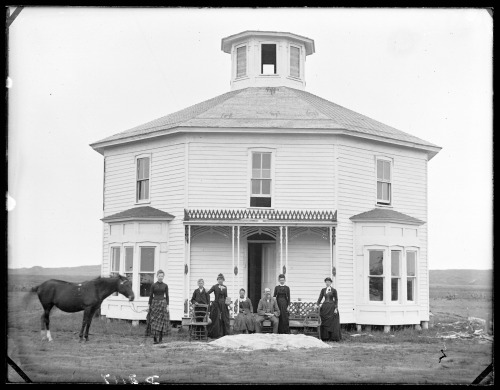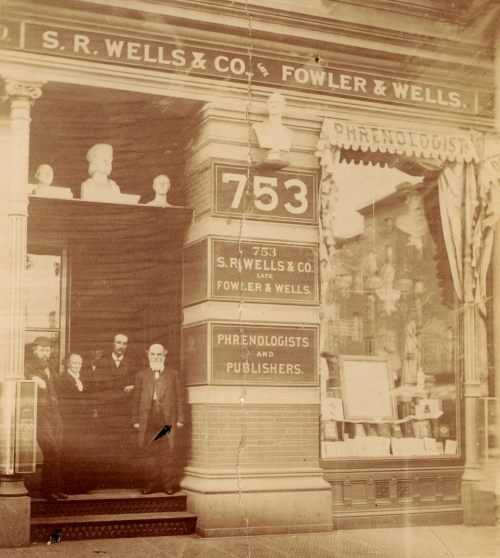ORSON SQUIRE FOWLER (1809 - 1887) had octagons on the brain. More than an interest for the noted 19t
ORSON SQUIRE FOWLER (1809 - 1887) had octagons on the brain. More than an interest for the noted 19th-century phrenologist and publisher, they were an obsession. In his book “The Octagon House, a Home for All,” Fowler proposed a campaign against the square as the basic form for architectural thinking.’‘Is the right angle the best angle?“ he wrote. ’'Cannot some radical improvement be made, both in the outside form and in the internal arrangement of the houses?”When the book first appeared in 1848, it ignited something of a craze for the unusual eight-sided structures. The book was illustrated with various octagonal layouts, including plans for the house that Fowler had built for himself in Fishkill, N.Y. It described the nuts and bolts of construction and listed all the advantages to be enjoyed by anyone brave enough to build a house of eight instead of only four walls. Fowler wrote that “the octagon form is more beautiful as well as capacious, and more consonant with the predominant and governing form of nature, the spherical.”Besides enclosing more space than a rectangular one, an octagonal house allowed twice as much natural light to enter. Using Fowler’s ingenious system of centralized ventilation and heating, the houses were also easier to cool in the summer and heat in the winter.Fowler’s idea was in many ways ahead of its time, but with all its apparent advantages, his octagon scheme had its drawbacks. Apart from the fact that most furniture was not made to fit into pie-shaped rooms, censure was also very likely to be felt from a neighborhood of homeowners who still believed in the sanctity of the rectangle. Building an octagonal house remained a revolutionary step for a prospective home builder to take, perhaps akin to the geodesic dome.Although the octagon as a shape for buildings goes back at least as far as the late Hellenistic period with the Tower of the Winds in Athens, and it was frequently used as the ground plan for early Christian baptisteries, it was not used for domestic architecture until Fowler came along. One of his many dreams was to lay the groundwork for a farming utopia, to be called Octagon City. Octagonal farmhouses with octagonal barns were to have been built around a central octagonal park. The sons of the settlers were to have then attended an octagonal agricultural college.Just before the outbreak of the Civil War, a small group of settlers tried to establish such a community on the banks of the Neosho River in Kansas. Frontier hardships, however, soon dispersed the group.Although Fowler’s octagonal utopia never came to fruition, a legacy of his dream remains. Following instructions in his book, progressive-minded Americans built octagon houses in every part of the nation. As many as 126 of these architectural black sheep are still standing in New York State alone, and several of them can be found on Long Island.SOURCE -- source link
Tumblr Blog : onceuponatown.tumblr.com
#phrenology#octagonal house#old houses





